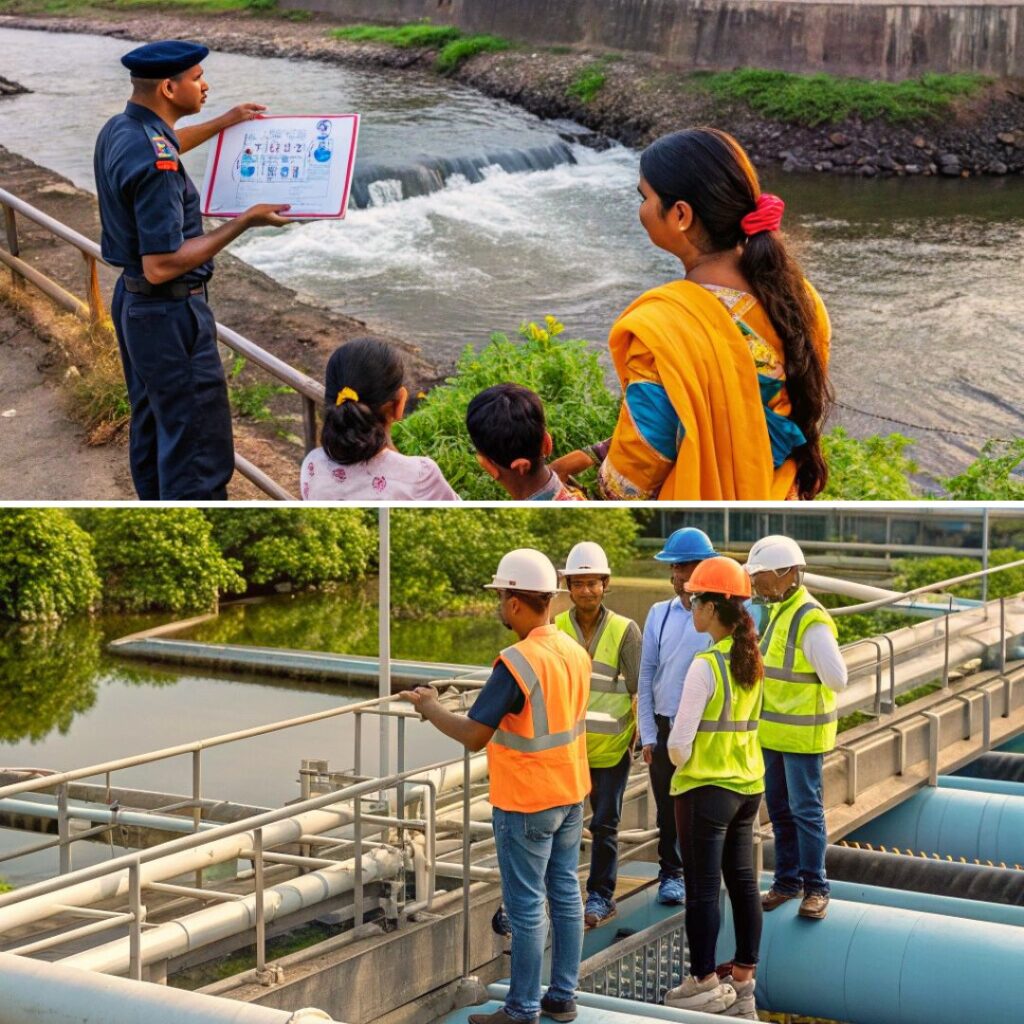To improve safety and avoid another traffic-jam like situation on the world’s highest peak, all climbers seeking a permit for Mt. Everest must have prior mountaineering experience and should be able to demonstrate training as directed by the Nepal Government in their new rules.
Changes In Rules For Climbers
The recommendation for changes in rules was issued by the committee looking at the issue of high-altitude safety after multiple cases of casualties and overcrowding near the summit, primarily due to inexperienced climbers.
The committee comprising government officials, climbing experts and agencies representing the climbing community, was established after climbers and guides criticised officials for allowing anyone who paid $11,000 (£9,000) to climb the Everest.
“Climbers to Everest and other 8,000-metre mountains must undergo basic and high altitude climbing training,” the committee said in the report submitted to the government.
“Those hoping to climb Everest must have climbed at least one Nepalese peak of more than 6,500-metres before getting a permit. Climbers must also submit a certificate of good health and physical fitness and be accompanied by a trained Nepalese guide,” the report added.
The committee also proposed a fee of at least $35,000 for Everest and $20,000 for other mountains over 8,000 metres.
“These recommendations have been made to ensure the quality and safety of Nepal’s mountaineering tourism,” Ghanshyam Upadhayay, tourism ministry official and head of the committee told the media.
Overcrowding And Lack Of Experience
Nepal, home to eight of the world’s 14 highest mountains, issued 381 permits for Everest for this year’s climbing summit, which culminates in May.
Eleven climbers were killed, and some went missing on the 8850 metres (29,035 ft) mountain in May, of which nine were on the Nepalese side and two on the Tibetan.
Some veteran guiding companies had anticipated the deadly consequences of overcrowding on the summit slopes.
In May, the number of people attempting the climb the Everest led to bottlenecks in the “death zone”, where deficient oxygen levels posed a threat to life. Oxygen cylinders ran out while as many as 100 people waited in the queue.
“This is a good opportunity to improve the sector. If we want things to change the suggestions have to be implemented,” Santa Bir Lama, President of Nepal Mountaineering Association, who was also part of the committee said.
Also, Read This Starving Elephant Parades All Night To Bless, People For A ‘Religious Festival’











